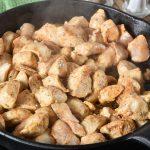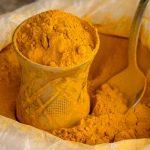Are you ever left wondering if that milk sitting in the fridge is still okay to drink, even after its expiration date? You’re not alone! We’ve put together this ultimate guide to help you understand the shelf life of milk and give you all the insights you need to keep your milk fresher for longer and avoid unnecessary waste.
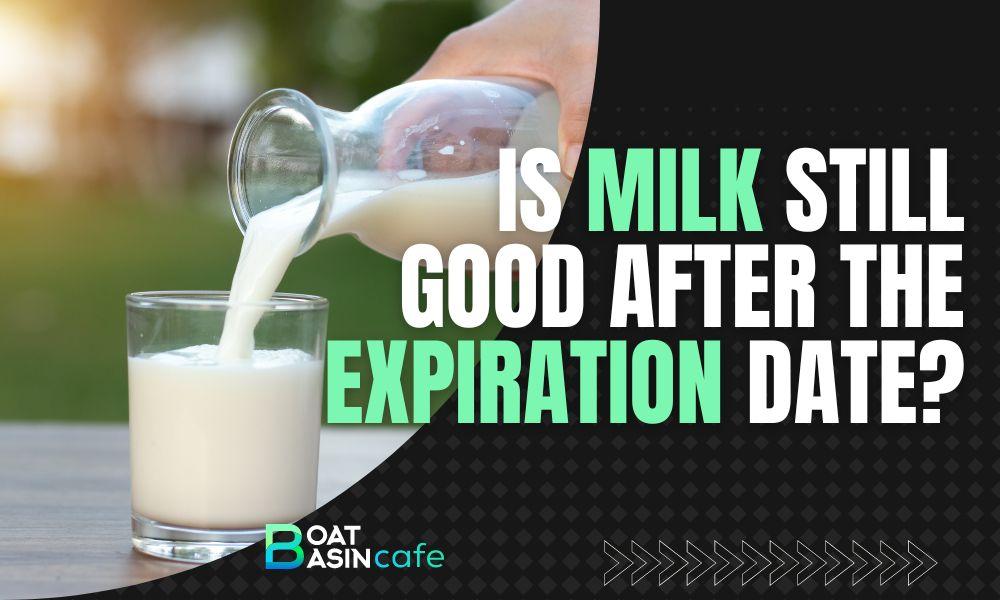
Understanding Milk Expiration Dates
What does the expiration date mean?
The expiration date is the manufacturer’s estimation of how long the milk will retain its optimal quality. Expiration dates are not a hard-and-fast rule, but rather guidelines to help consumers determine whether they should consume or discard a food product.
There are different types of expiration dates used on milk packaging, such as sell-by, use-by, and best-by dates. Understanding these terms can help you make informed decisions about your milk consumption.
Different Types of Expiration Dates
Sell-by dates are a guideline for retailers to remove the product from their shelves, while use-by and best-by dates indicate when the product is still at its peak quality. Keep in mind these dates are only accurate if the milk has been properly stored and handled to maintain its freshness.
Various factors affecting milk’s shelf life include exposure to light, air, and temperature fluctuations. It is essential to be aware of these factors to ensure your milk remains safe to consume.
Is It Safe to Consume Milk Past the Expiration Date?
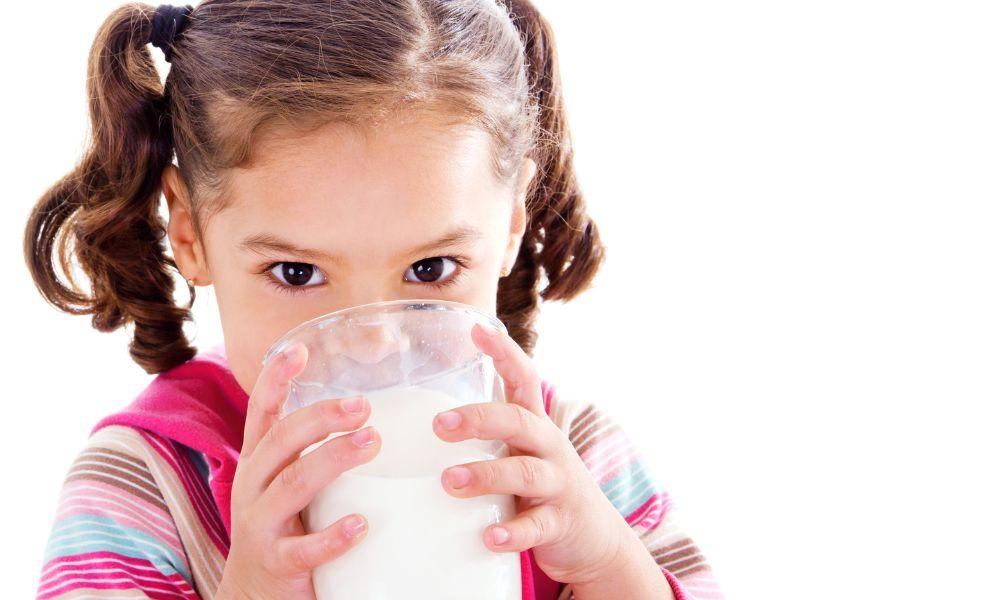
The Role of Pasteurization in Milk Safety
Pasteurization is a process that kills harmful bacteria in milk by heating it to a specific temperature for a set period. This process significantly reduces the risk of foodborne illnesses associated with milk consumption. However, pasteurization does not guarantee that milk will remain safe to consume indefinitely, as bacteria can still grow if the milk is not stored and handled correctly.
The Risk of Consuming Expired Milk
Drinking expired milk can pose health risks, as bacteria, yeasts, and mold can grow and cause the milk to spoil. Consuming spoiled milk can lead to symptoms such as digestive upset, vomiting, diarrhea, and, in severe cases, food poisoning. It is essential to be cautious when consuming milk past its expiration date to avoid potential health complications from expired milk consumption.
Signs of Spoiled Milk
It’s essential to be able to recognize the signs of spoiled milk to ensure safe milk consumption. Typical indications that milk has gone bad include:
- A curdled or lumpy texture
- A strong sour or rancid smell
- A change in color or the presence of mold
You can use simple methods like the sniff test, the pour test, or the taste test to determine if milk is spoiled. If in doubt, it is best to err on the side of caution and avoid consuming milk that may have gone bad.
Assessing the Quality of Expired Milk
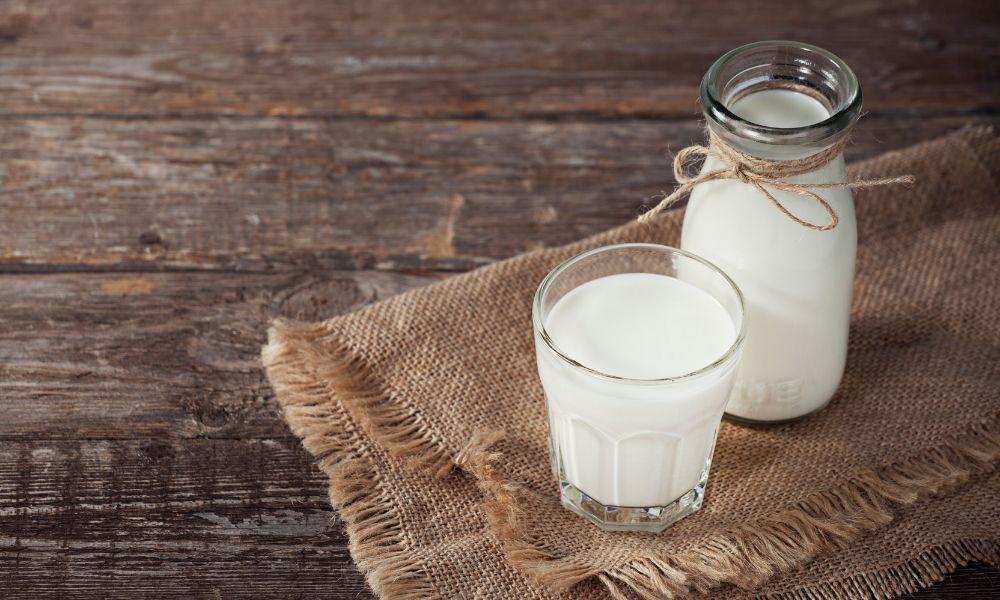
Changes in Taste and Texture
Fresh milk typically has a slightly sweet taste and a smooth texture. However, as milk ages and starts to spoil, the taste of expired milk may change to sour or bitter, and the texture may develop a curdled or lumpy consistency.
My own experiment with expired milk revealed that the milk had soured slightly after a few days past the expiration date. While it was still safe to consume, the altered taste would have been off-putting if consumed directly from the carton.
The Smell Test for Spoiled Milk
Using your sense of smell can be a quick and easy way to determine whether milk has spoiled. Spoiled milk often emits a sour or unpleasant odor, indicating that it is no longer safe to consume. In my experiment, the smell of the expired milk grew increasingly pungent over time, providing a clear indicator that the milk was no longer suitable to drink.
Factors Influencing Milk Quality
Milk quality can be influenced by various factors, including temperature, exposure to light and air, and the cleanliness of utensils used to handle the milk. My experiment showed that milk stored at room temperature spoiled at a significantly faster rate than milk kept in a refrigerator. Additionally, frequent exposure to air due to opening and closing the milk carton may also have contributed to the milk’s reduced quality over time.
Extending the Shelf Life of Milk
Proper Storage Techniques
To maintain milk’s freshness and extend its shelf life, it is crucial to practice proper milk storage techniques. By doing so, you can reduce the risk of spoilage by minimizing exposure to light, air, and elevated temperatures.
Some useful tips for maintaining milk quality include:
- Store milk in the refrigerator at a temperature between 38°F (3°C) and 40°F (4°C)
- Keep milk on the shelves of your refrigerator rather than the door, where temperature fluctuations occur more frequently
- Avoid excessive exposure to light and air
- Always close the milk carton after each use
The Impact of Temperature on Milk Freshness
Correctly regulating the temperature in which you store your milk is a key aspect of extending its shelf life. My experiment found that storing milk at room temperature resulted in faster spoilage, while milk stored in the refrigerator retained its quality for longer. This highlights the importance of maintaining a consistent cold temperature when storing milk to ensure its freshness.
Freezing Milk for Longer Shelf Life
Freezing milk is an effective method for prolonging its longevity if you do not intend to consume it within the suggested expiration date. To freeze milk, simply pour it into an appropriate container, leaving some headspace for expansion, and place it in the freezer. When you are ready to use the frozen milk, allow it to thaw in the refrigerator and gently shake it to redistribute any separated components.
While freezing milk may result in slight changes in texture and taste, it is still a useful option for extending milk shelf life if you do not plan to use it in time.
Utilizing Expired Milk
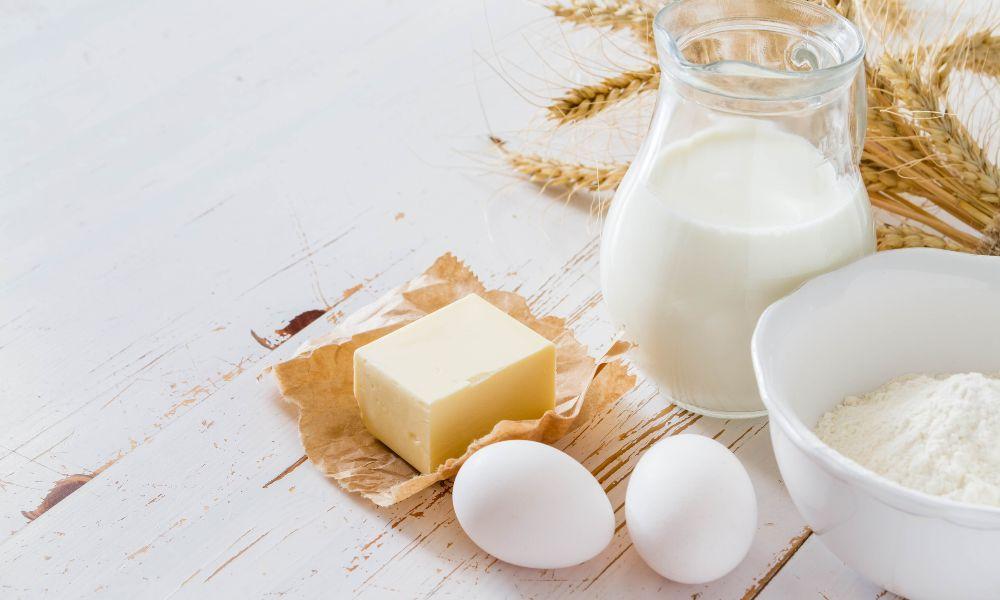
Cooking and Baking with Expired Milk
Although you may not want to drink slightly soured milk, it can still be safely used in various cooking and baking recipes. As long as the milk has not developed any mold or an overwhelmingly sour smell, it can be used as a substitute for buttermilk or yogurt in recipes such as pancakes, muffins, and cakes. This alternative not only prevents food waste but also imparts a unique tanginess and additional flavor to your baked goods.
In my personal experience, using milk past its expiry date to make pancakes resulted in a fluffy texture and a lovely, mildly tangy flavor – a delicious surprise!
Recipes That Benefit from Slightly Sour Milk
Some recipes can be adapted to use slightly sour milk, such as:
- Pancakes
- Waffles
- Muffins
- Quick bread
- Scones
- Salad dressings and dips
Slightly sour milk lends itself well to these recipes due to its tangy flavor profile and acidic nature, which can aid in leavening baked goods.
Creative Ways to Repurpose Expired Milk
If you’re feeling extra resourceful, there are even more ways to give expired milk new life. Some ideas include:
- Using sour milk as a base for homemade cottage cheese
- Making a milk-based facial mask for skin exfoliation and brightening
- Utilizing milk for tenderizing meat in marinades
FAQs
Can you drink milk after the expiration date?
It is possible to drink milk after the expiration date, but it is essential to assess the milk’s quality first to ensure it hasn’t spoiled.
How long can milk be consumed after the expiration date?
The actual time frame can vary based on factors such as storage conditions and pasteurization method. Generally, milk can last anywhere from 5 to 7 days past the expiration date if stored correctly.
Can expired milk make you sick?
Consuming sour or spoiled milk can potentially cause symptoms ranging from digestive upset to food poisoning. Always use your senses and judgment to assess milk’s quality before consuming it.
How can you tell if milk is spoiled?
Signs of spoiled milk include a change in texture (curdled or lumpy), a sour or rancid smell, and a change in color or the presence of mold. Use the sniff test, pour test, or taste test to assess milk’s quality.
Conclusion
Now that you’ve mastered the art of navigating milk expiration, remember to trust your senses and judgment while handling dairy products. Keep storage conditions optimal to extend your milk’s shelf life and safely enjoy it past the expiration date, if possible. Next time you find yourself with milk that’s slightly past its prime, think of the creative recipe ideas we shared and transform it into a delicious treat or meal. Cheers to happy, safe, and informed milk consumption!
References
- [1] FoodSafety.gov – Food Storage Chart
- [2] Mayo Clinic – Food and Cooking
- [3] Healthline – Does Milk Go Bad
- [4] EatByDate – Milk Shelf Life & Expiration Date
- [5] USDA – Safe Minimum Internal Temperature Chart
- [6]BBC – Canned Coconut Milk Past Expiration Date


